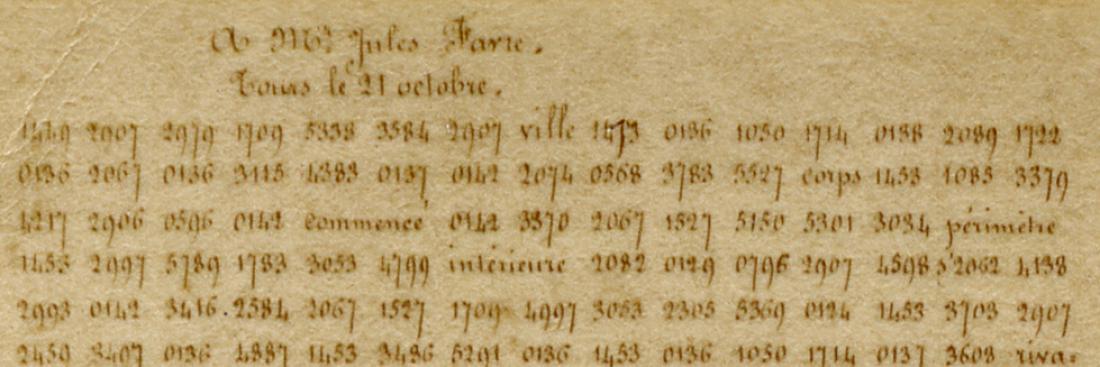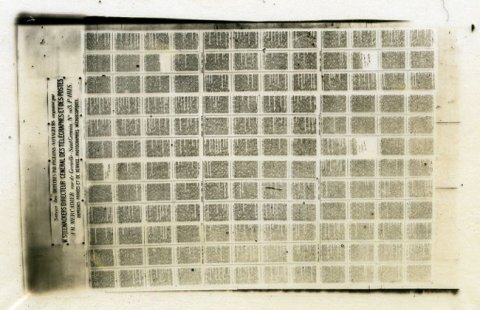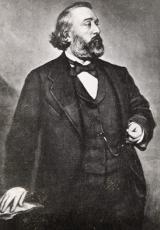Pigeongrams


Pigeongram on collodion (a transparent material made from cellulose nitrate in ether and alcohol). Source: Musée colombophile Crespin (Crespin Pigeon-fancying Museum).
After their arrival in Tours (or Bordeaux), they were fitted with small tubes containing 3-4 cm microfilms on collodion (a transparent material made from cellulose nitrate in ether and alcohol). The pigeons were then released as near to Paris as they could get, the idea being they would hopefully reach their original points of departure in Paris. Yet only 50 pigeons or so managed to find their way home. For the pigeons that made it back, the microfilms they delivered were placed between sheets of glass and projected onto a large screen using a magic lantern. The texts were then carefully transcribed then distributed to the intended recipients.


